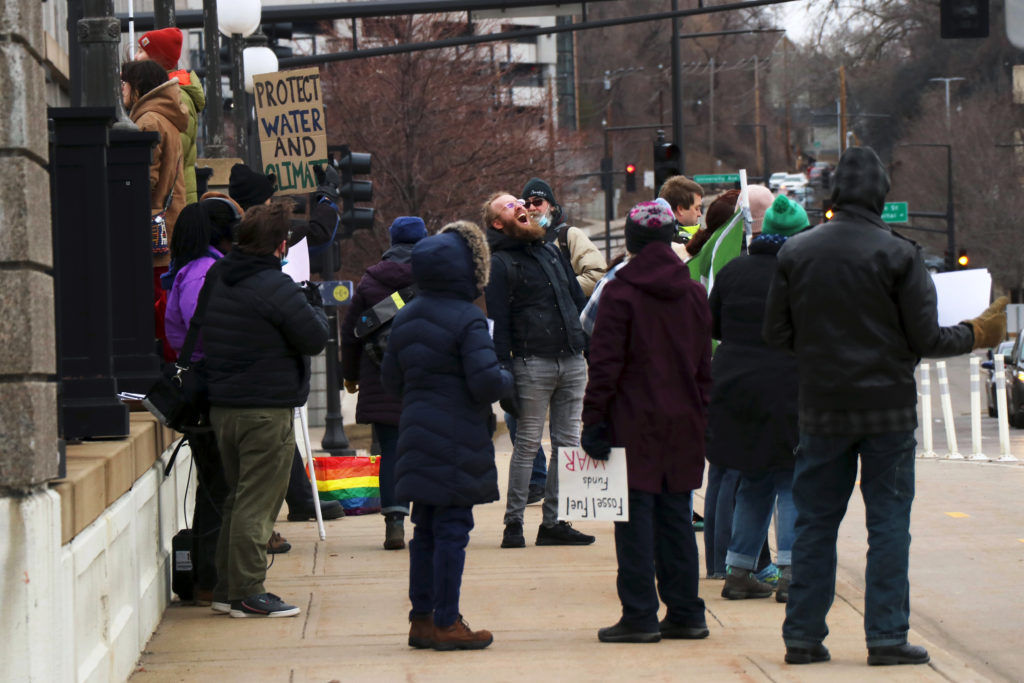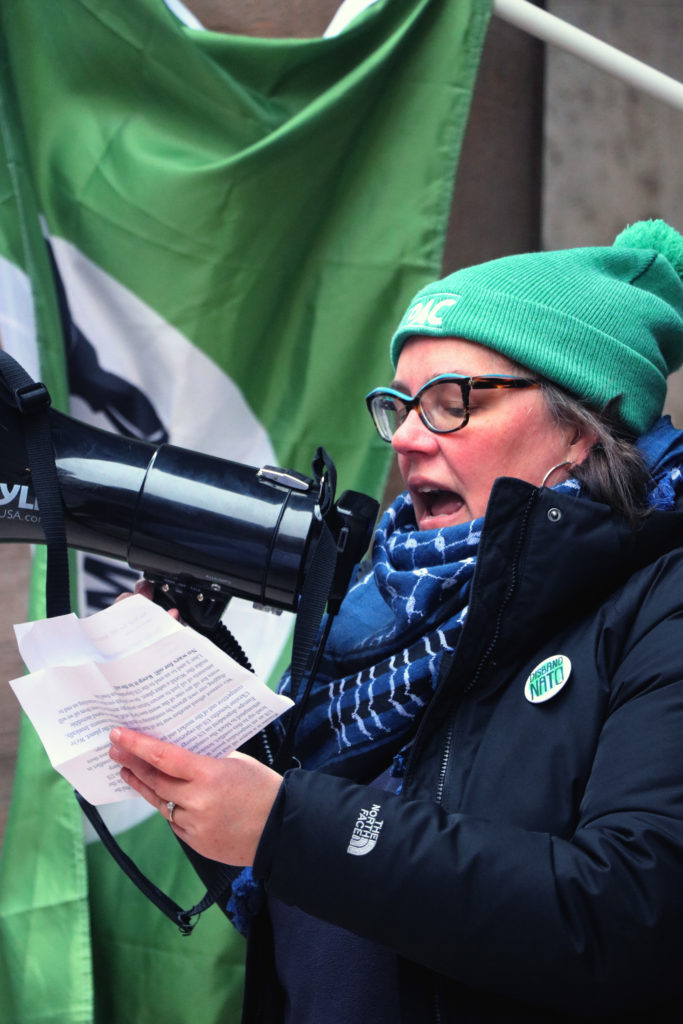From Stop Line 3 to education reform, young activists are at the center of climate justice
Emily Sizen
When Maryama Warsame joined a panel at the United Nations Youth Climate Action summit last fall, she was nervous. She was the only one joining virtually and it was the first time she had done anything like it.

She spoke on the prevalence of climate anxiety, the importance of thinking intersectionally in climate activism work — such as considering how people’s various social and political identities overlap to create different systems of discrimination and privilege — and what, ultimately, gives her hope for the future.
Warsame is not alone. A 2021 Pew Research study reported that millennials and Gen-Zers are more likely to attempt to support environmental activism and use social media to share their work. Recently, thousands of young people worldwide participated in a climate strike organized by Fridays for the Future. In Minnesota, environmental issues, like the construction of the Enbridge Line 3 Pipeline and the pollution of the state’s water sources, have led young people to gather in the streets to advocate for change, leveraging social media.
A senior at Rosemount High School, Warsame received the opportunity to speak on the panel at a climate action summit through the Youth Environmental Activists of Minnesota (YEA!) — an organization whose mission is to empower young people to get involved in creating climate change solutions.
In the organization, Warsame found a community of youth who were as passionate about the environment as she is. “I got to hear more different experiences and more of a diverse and inclusive perspective,” Warsame said.
The group has been instrumental in pushing the Minnesota state legislature to pass the Climate Justice Education Bill. The bill would require K-12 public and charter schools to create a comprehensive curriculum focusing on not only climate change, but climate justice.
For Abby Hornberger, environmental justice is a family affair. Her mother is a climate activist who took her to her first climate march when she was a sophomore in high school. Last year, Hornberger graduated from the University of Minnesota with a degree in environmental science, policy and management.
While her mom was an influence, Hornberger said it was her own concern for the environment that led her to pursue climate justice. “This is my future at stake,” Hornberger said. “It’s really important for youth to have a voice in decisions.”

At the beginning of the COVID-19 pandemic, Hornberger, like many other activists, was unable to take her activism to the streets, so she turned to online meetings with the Sunrise Movement Twin Cities.
The Sunrise Movement has over 400 hubs across the country. Their mission is to both stop the climate crisis and to help promote politicians who make climate change a priority issue and call out those who do not.
Hornberger said the Twin Cities hub helped recruit activists from other Sunrise Movement chapters nationwide to go to the frontlines of the Stop Line 3 movement. Hornberger used much of her free time last spring and summer to go to northern Minnesota where much of the movement was centered.
“I’ve never felt more cared for in my life than with the friends and comrades I just happened to encounter at the front lines,” Hornberger said.
Last summer, when Coco Shin saw activists on social media asking for support at the frontlines of the Stop Line 3 movement, she knew she had to help.
She packed her bags and left Washington, D.C. for northern Minnesota — where she would spend the following months living in her car at the frontlines of the movement.
Shin, a sustainability influencer, documented the 18-day Treaty People Walk for Water to her 28,000 TikTok followers. Shin would explain where the group walked and how many people joined each day. By the time they got to the Minnesota State Capitol, Shin said there was a sea of people.
“I learned a lot, it was an incredible experience,” Shin said. “It was amazing when we got to the Capitol how many people from the cities joined us.”
Warsame was one of those people from the cities who joined the march when the protestors reached Minneapolis. She said she walked about three miles before she decided to catch a ride with someone to the Capitol. As luck would have it, the driver was an organizer of the march. Warsame said she learned a lot about the history of the movement and how it has affected Indigenous communities in Minnesota.

“The best thing I ever did was being lazy and saying I wanted somebody to drive me,” Warsame said. “I didn’t necessarily know the amount of pain and suffering that is put on the Indigenous communities that are affected by Line 3.”
Although the pipeline construction was finished in Sept. 2021, the movement to stop Line 3 is far from over. On March 30, people of all ages joined the Climate Justice Committee in St. Paul on a walk to protest Line 3. The rally specifically addressed the U.S. Army Corp of Engineers’ involvement in the pipeline.
Shin has since moved to Berlin, where she continues to create content and support the Stop Line 3 Movement. While she said it was a difficult transition, she now focuses her social media on sharing how veganism and sustainability intersect, as well as how cryptocurrency can assist climate change activism.
“I had to stop [making content] because I was like, how can I go back to making another vegan cooking video when all of this really terrible injustice is happening,” Shin said. “Then I realized those videos are still important. It’s still important to show people that you can live an eco-friendly lifestyle.”
While social media is an important tool for education and communication, Hornberger said it’s not enough in order to make change.
“A lot of people think posting on social media is activism,” Hornberger said. “When there’s a pipeline being built in your backyard and you see so many of your peers act like nothing is going on … these people said they cared when I was just being a performative activist and said they supported me but they actually don’t.”
Warsame said it’s important for young people to find a group or organization in their community, in-person or online, that shares their passion for climate justice. Her goal is to get more young people involved in climate activism work.
“Personally, I just want people to walk away knowing that they have a community that supports them and that supports their work,” Warsame said. “If you believe in something, fight for it.”